With their colourful variety, shaved ice, refreshing mizuyokan and mizumanju, and the jelly-like texture of warabi mochi—do you ever find yourself craving these cooling Japanese sweets to beat the lingering summer heat? This time, we’ve curated a selection of classic chilled treats that are well-loved across Japan. Let’s enjoy these delights and breeze through the remaining summer days.
*Please note that by purchasing or booking the items featured in this article, a portion of the sales may be returned to FUN! JAPAN.
Chilled Japanese Sweets to Enjoy This Summer
Mitsumame & Anmitsu

The History of Mitsumame & Anmitsu
Mitsumame is a traditional Japanese sweet that consists of cubed agar jelly, red peas, shiratama dumplings, and fruit, all served in a bowl with a drizzle of black syrup or sugar syrup. Its origins trace back to the late Edo period (1603-1868), where it was sold as a children's snack at food stalls. However, the modern version of mitsumame is believed to have been first served in 1903 at Funawa, a renowned wagashi shop in Asakusa, Tokyo. Anmitsu, a variation of mitsumame that includes sweet red bean paste, emerged later and has been a popular souvenir for sumo spectators for many years.
Although mitsumame and anmitsu are now available year-round, their light sweetness is particularly refreshing during the hot summer months.
💡POINT
- The Difference Between Mitsumame and Anmitsu
Anmitsu includes anko (red bean paste) in the mitsumame base. - Base Ingredients
Red peas, agar jelly, black syrup, anko - Popular Toppings
Shiratama, gyuhi (soft mochi), whipped cream, ice cream, canned fruits (such as pineapple, cherries, etc.)
Warabi Mochi
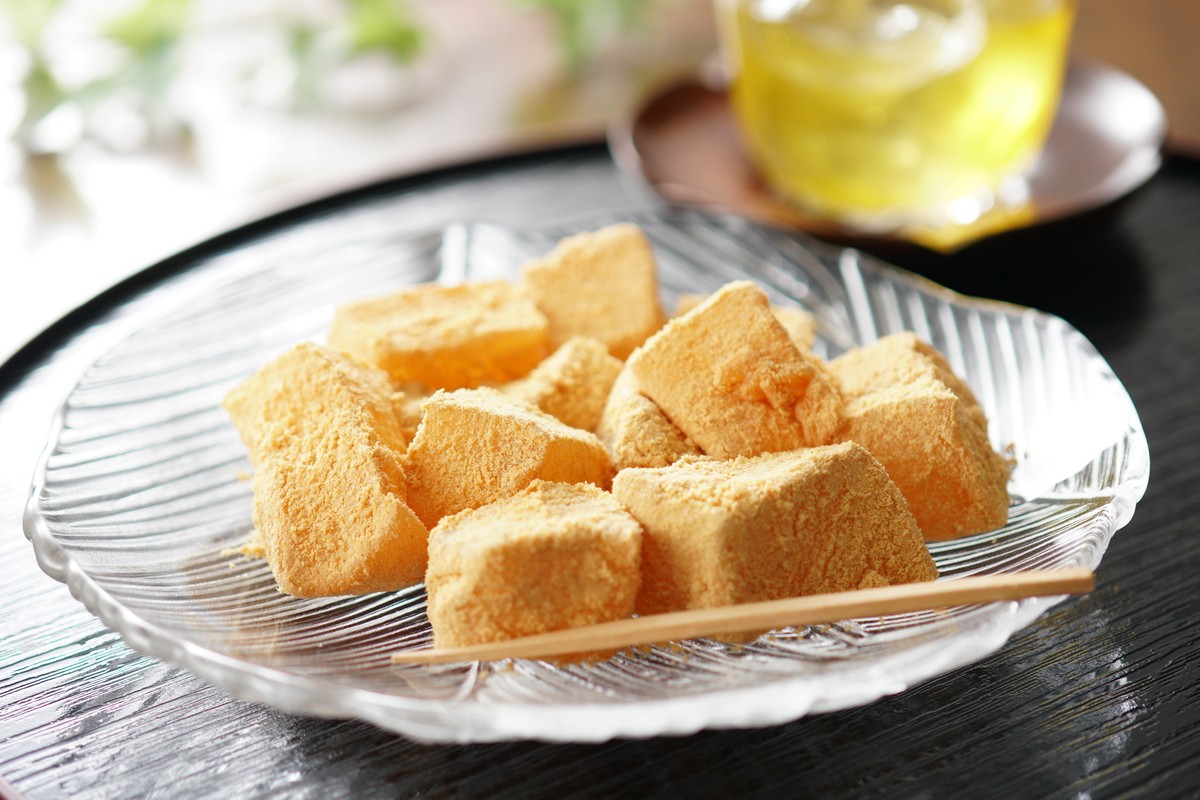
History of Warabi Mochi
Warabi mochi is a traditional Japanese sweet made from warabi starch, known for its softness and smooth texture. Its history can be traced back to the Heian period (794–1185), where it is said to have been a favourite of Emperor Daigo, who even awarded it the honorary title of "Tayu."
In the Muromachi period (1336–1573), as the tea ceremony culture flourished, improvements were made to warabi mochi, spreading its popularity from Kyoto to other regions. However, during the Edo period (1603–1868), a shortage of raw ingredients led to the invention of substitute materials, such as mixing kudzu starch, which allowed warabi mochi to be made from ingredients other than warabi.
💡POINT
- The Difference Between Warabi Mochi and Hon-Warabi Mochi
The former includes starches from sweet potatoes, lotus root, or kudzu, while the latter is made from 100% warabi starch. - The texture varies depending on the proportion of warabi starch used
A higher content of sweet potato starch results in a more transparent and elastic texture, whereas hon-warabi mochi made solely from warabi starch has a darker colour, stronger stickiness, and a more distinct warabi flavour.
Mizu Yokan
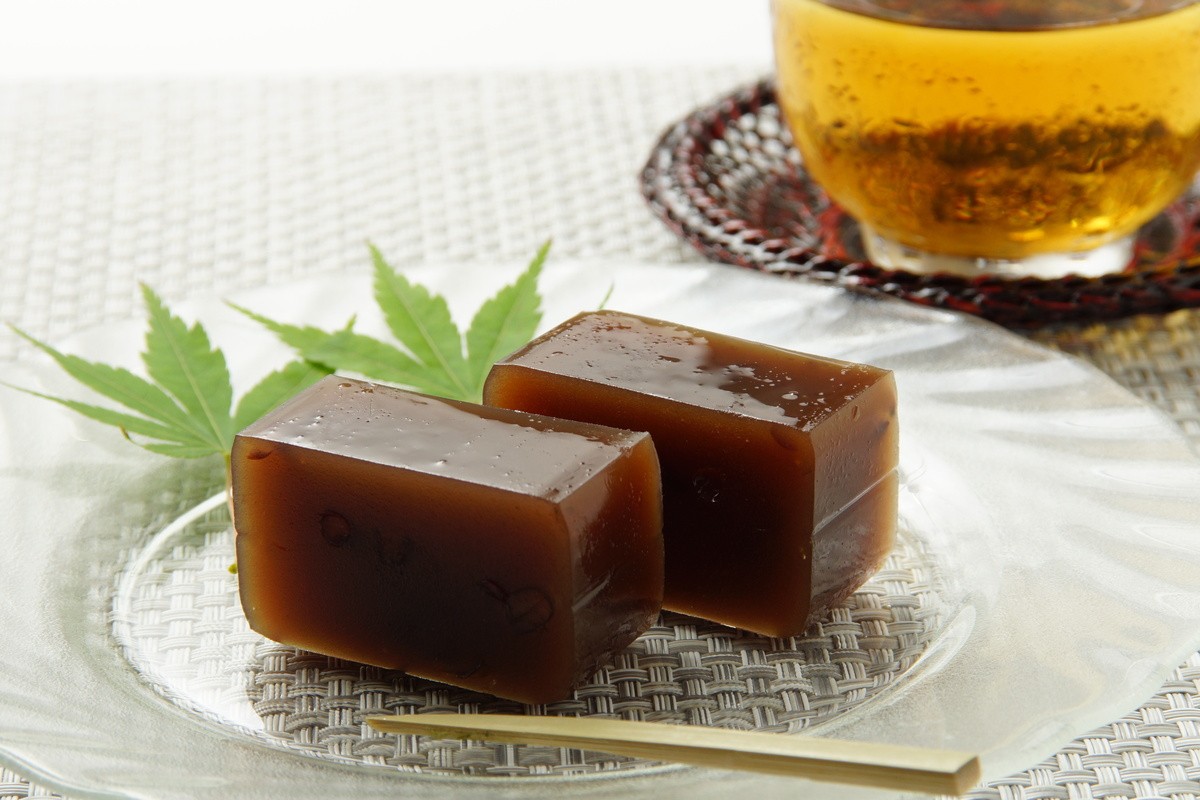
History of Mizu Yokan
The origins of mizu yokan, are somewhat debated, but its history can be traced back to the Edo period (1603–1868). Unlike neriyokan, mizuyokan has a lower sugar content and spoils more easily, so it was originally enjoyed as a dessert during the cold winter months, particularly as part of osechi (New Year’s cuisine). Today, however, mizu yokan is commonly associated with summer sweets.
In Fukui Prefecture, considered the birthplace of mizu yokan, it is also known as "Detchi Yokan." This name comes from the practice where apprentices (known as detchi), who were sent to work in Kyoto, would bring home yokan when returning for the New Year. The yokan was then diluted with water and remade into mizu yokan.
💡POINT
- The Difference Between Difference Yokan and Mizu Yokan
Mizu yokan uses the same ingredients as regular yokan, but with less agar and more water, resulting in a less sweet and softer texture.
Mizu-manju
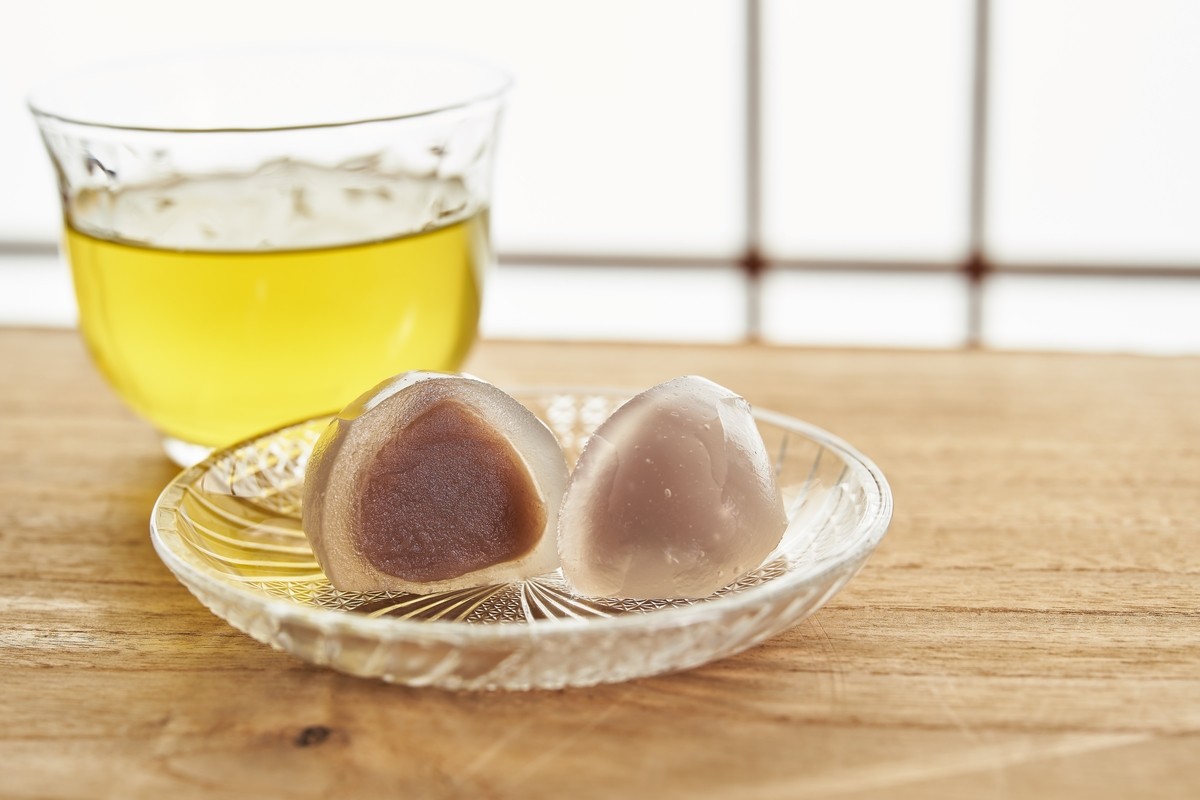
History of Mizu-manju
Mizu-manju is said to have originated during the Meiji era (1868-1912) and is a specialty of Ōgaki City in Gifu Prefecture, often referred to as the "City of Water."
At that time, refrigerators did not exist, so people used abundant underground water to cool vegetables and fruits. Mizu-manju was also sold chilled, placed in a well boat (a container filled with spring water) at the shopfront.
The most common type of mizu-manjuis filled with red bean paste, but recently, other flavours such as white bean paste, chestnut paste, and plum have also become popular.
💡POINT
- Difference between Mizu-manju and Kuzu-Manju
The dough of mizu-manju is made by mixing kudzu starch with warabi starch, while kuzu-manju is made using only kudzu starch. Additionally, mizu-manju has a transparent appearance, giving it a refreshing look that is perfect for summer.
Shaved Ice (Kakigori)
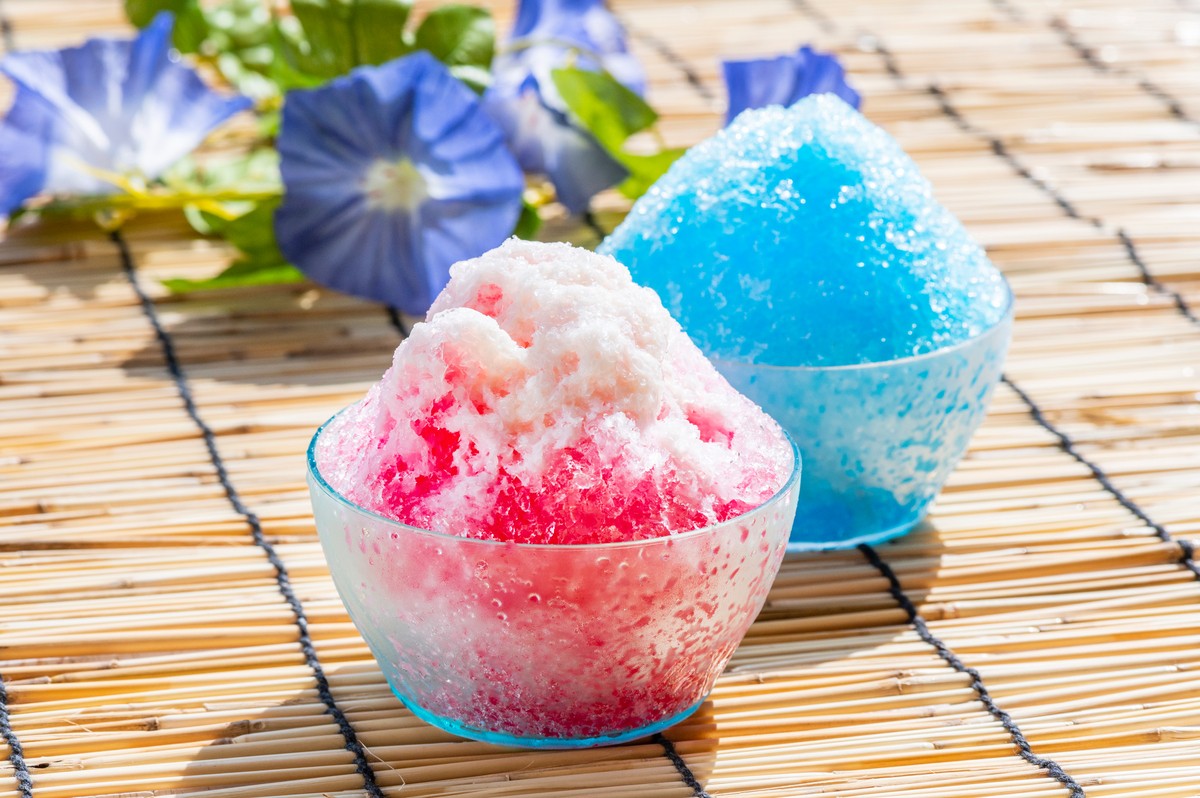
History of Shaved Ice
Shaved ice has long been loved as a representative sweet of summer, with the oldest description said to be in "The Pillow Book" written by Sei Shonagon during the Heian period (794-1185). At that time, ice was hard to come by, making shaved ice a treat only available to the nobility. However, by the Meiji era (1868-1912), advancements in ice-making technology allowed the general public to enjoy shaved ice.
Why Shaved Ice Made from Natural Ice Doesn’t Cause Brain Freeze
Have you ever had a "brain freeze" after taking a big bite of something cold, like shaved ice?
This phenomenon, known as "ice cream headache," is caused by cold stimulation. However, shaved ice made from natural ice contains fewer impurities and melts more slowly, reducing the temperature difference with the human body and making it less likely to cause a headache.
Are All Flavours the Same? The Secret Behind Popular Syrups
At festivals and fairs, you’ll often find a wide range of shaved ice flavours, with "strawberry," "melon," and "blue Hawaii" being perennial favourites across generations. However, the syrup used for shaved ice is actually made from the same base ingredients, differing only in flavouring and colouring. This means that all the syrups essentially taste the same!
The difference in taste is actually a result of your brain being tricked by the scent and colour, but with the growing trend of high-end shaved ice and shops focusing on quality ingredients, it might be fun to compare the real flavours.
Three Recommended Shops for Enjoying Delicious Japanese Sweets
While the sweets introduced here can be easily ordered online, enjoying them at a shop offers a different kind of experience that is highly recommended. Below are three sweet shops handpicked by the FUN! JAPAN editorial team—check them out!
Bashoan - Creative Wagashi Studio
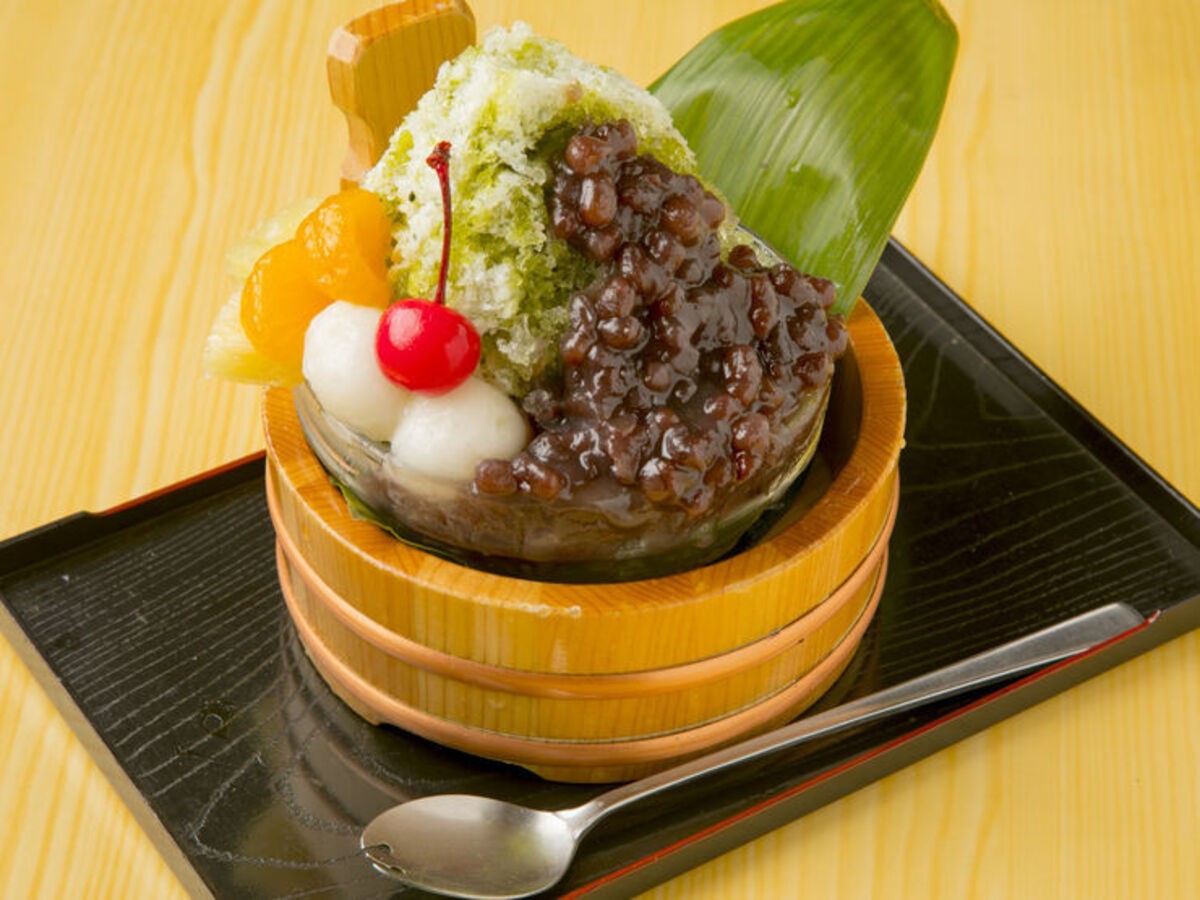
- Address: 1-1-90 Oyodonaka, Kita-ku, Osaka City, Osaka Prefecture, B1F Umeda Sky Building, Takimi Koji
- Access: 10 minutes walk from Osaka Station (JR lines), 10-minute walk from Umeda Station (Subway Midosuji Line, Hankyu Main Line)
- Business hours: 【Weekdays, Saturdays, Sundays, Public Holidays】11:30~20:00 (L.O.17:00)
- Closed: Irregular
- Price range: 【Lunch】850 yen, 【Dinner】1500 yen
👉For reservations, click here
Kasho Hanakikyo Nagoya Noh Theater Yosahosa Store

- Address: Nagoya Noh Theatre 1F, 1-1-1 Sannomaru, Naka Ward, Nagoya City, Aichi Prefecture
- Access: 10 minutes walk from "Nagoyajo" (Nagoya Subway Meijo Line), 10-minute walk from "Asama-cho" Station (Nagoya Subway Tsurumai Line)
- Business hours: 10:00~17:00 (L.O.16:30)
- Closed: Open year-round
- Price range: 【Regular】1500 yen
👉For reservations, click here
Malebranche Kyoto Tower Sando Store
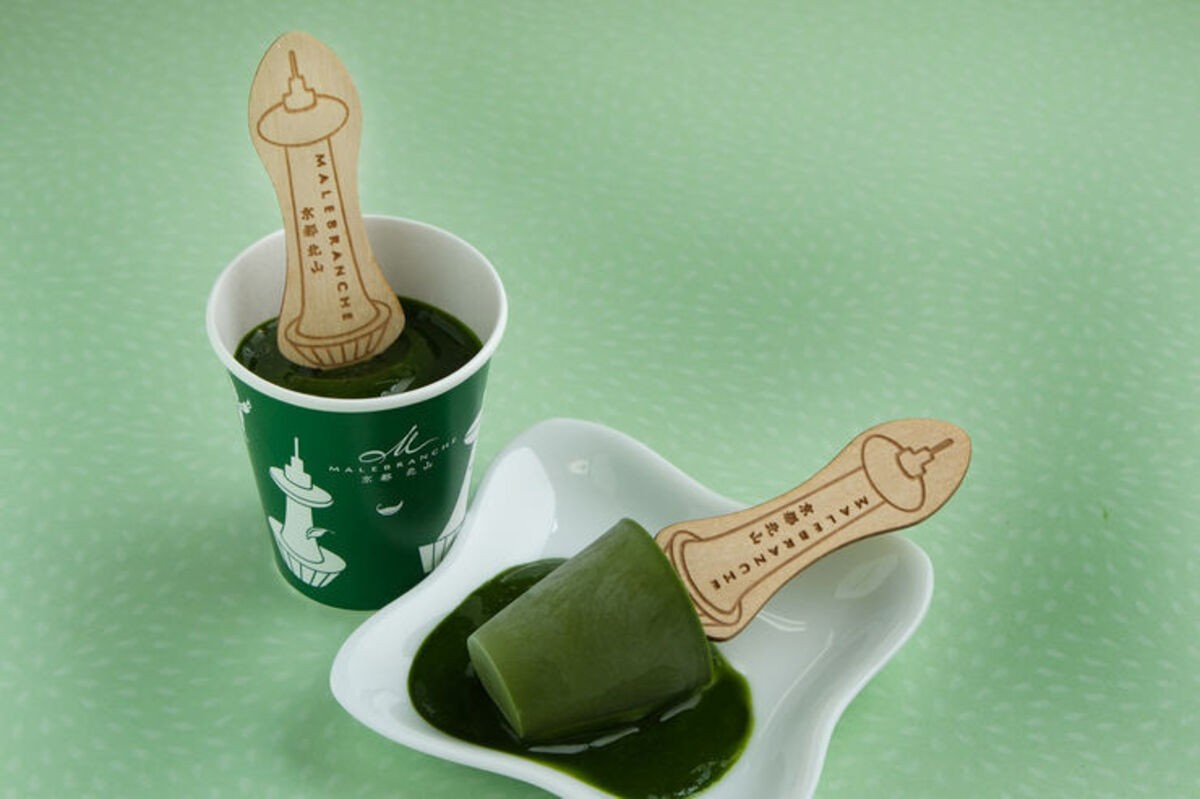
- Address: 721-1, Karasuma-dori Shichijo-kudaru Higashi-shiokojicho, Shimogyo Ward, Kyoto City, Kyoto Prefecture
- Access: 2 minutes walk from JR Kyoto Station Central Exit, inside Kyoto Tower
- Business hours: 10:00~21:00
- Closed: Follows the facility’s schedule
- Price range: 【Regular】2500 yen
👉For reservations, please click here
Four Recommended Experiences for Enjoying Shaved Ice & Wagashi Making
Shaved ice and wagashi are not only delicious but also visually delightful. Often adorned with intricate decorations, they are usually seen as something only a skilled artisan could create. However, by joining an experience plan, you can learn these techniques, making it possible for even children and beginners to create them! This summer, why not challenge yourself to create your own original Japanese sweets?
👉Kyoto Kimono Rental mimosa【Shaved Ice + Kimono/Yukata Rental Set】
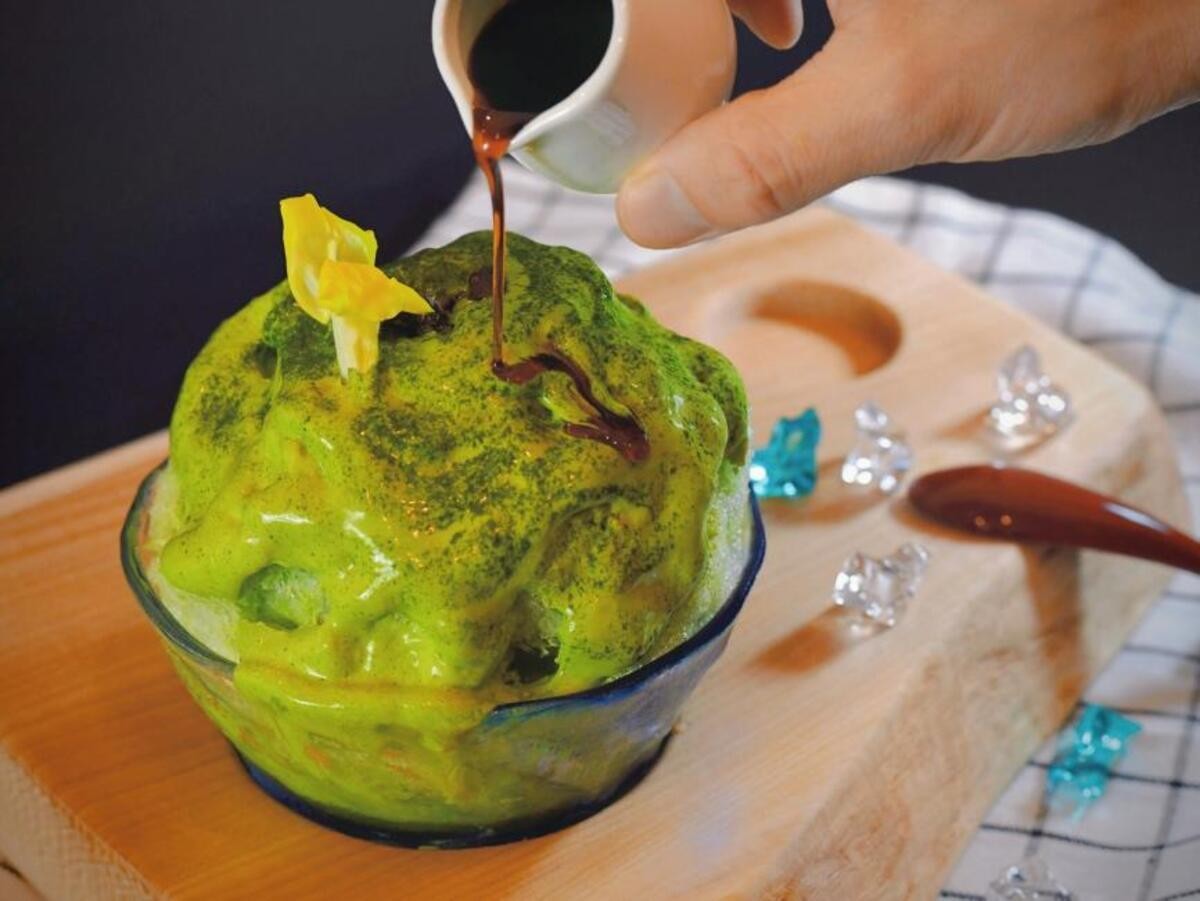
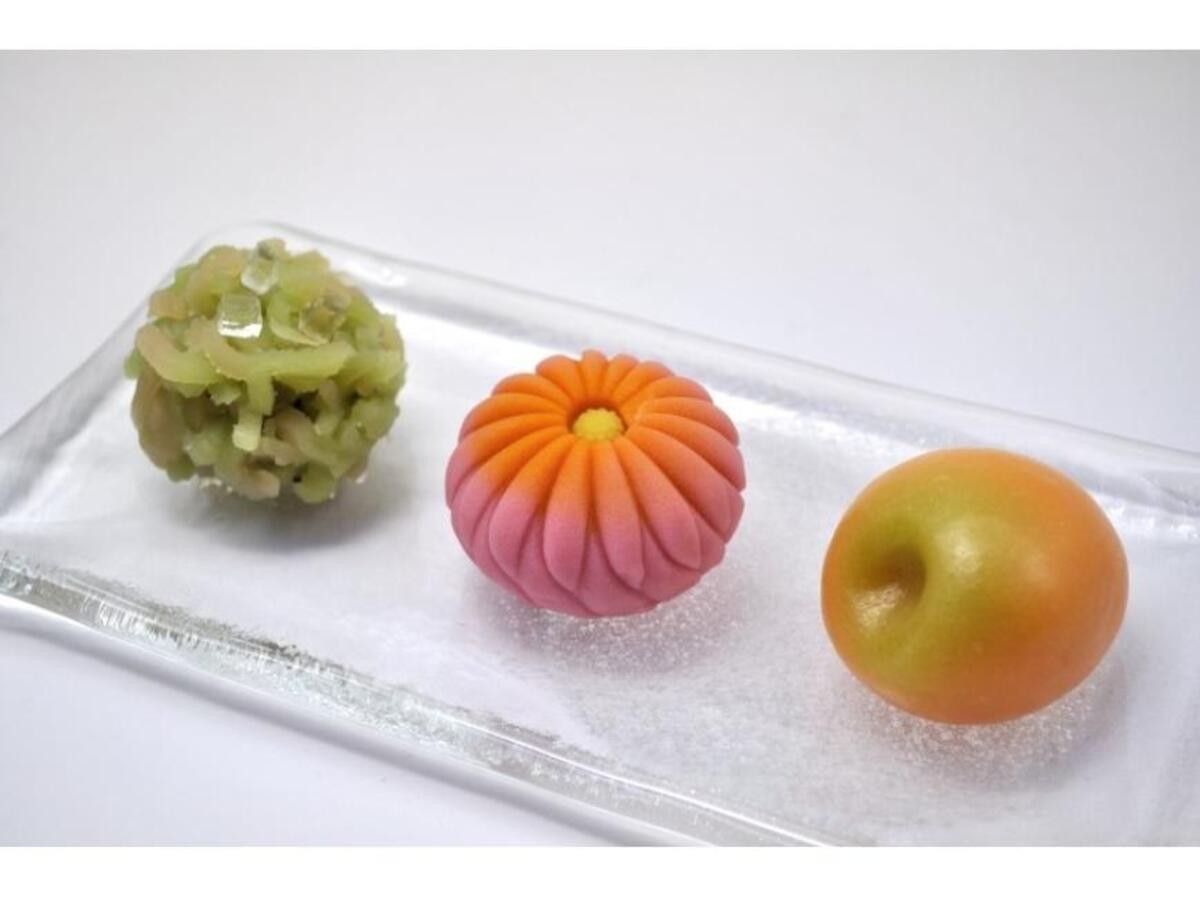
👉【Klook】Traditional Tea Ceremony and Japanese Sweets Making Experience (Kyoto)
👉【Klook】Japanese Sweets Making Workshop with Fresh Flowers (Tokyo)
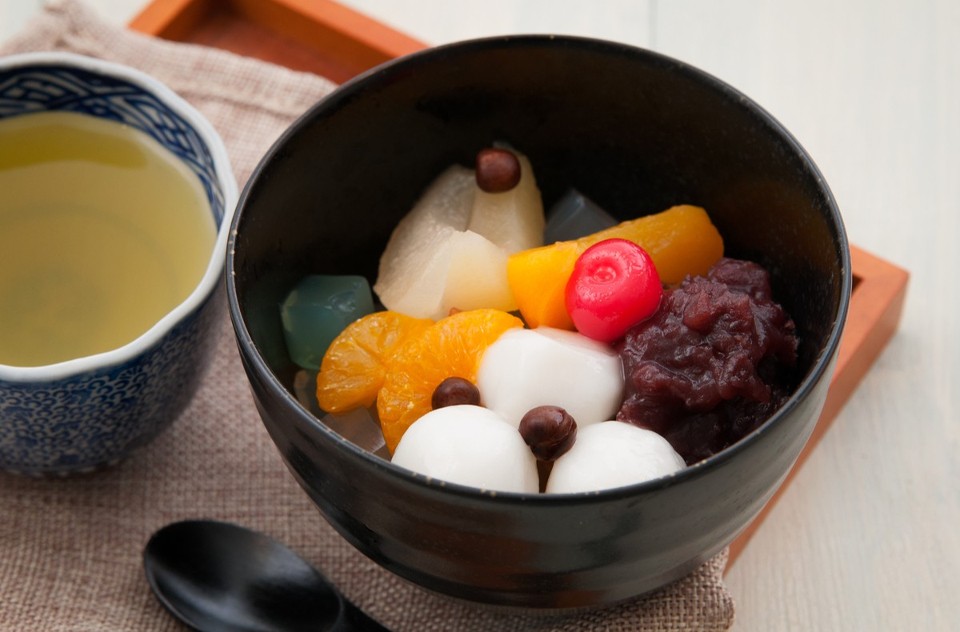
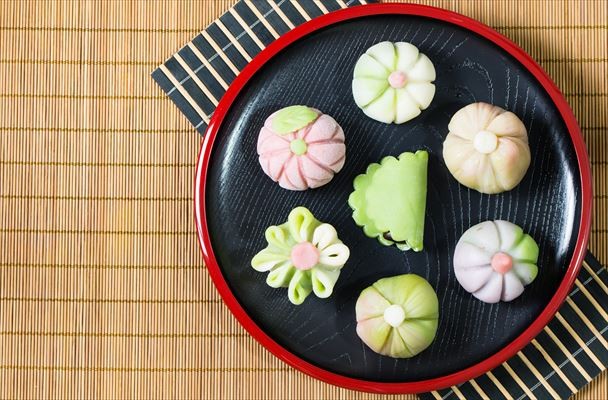
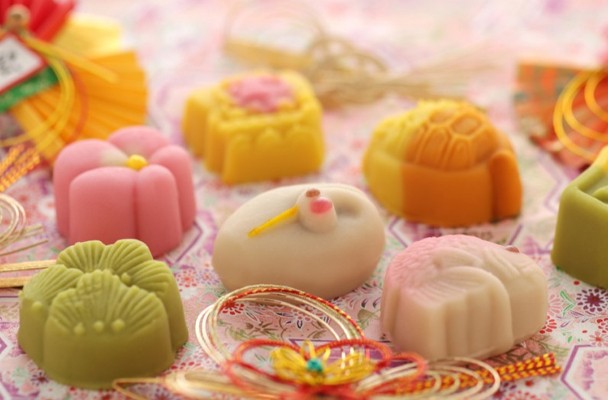
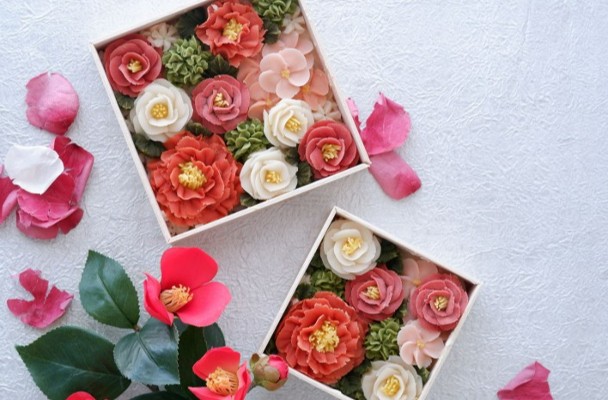
Comments